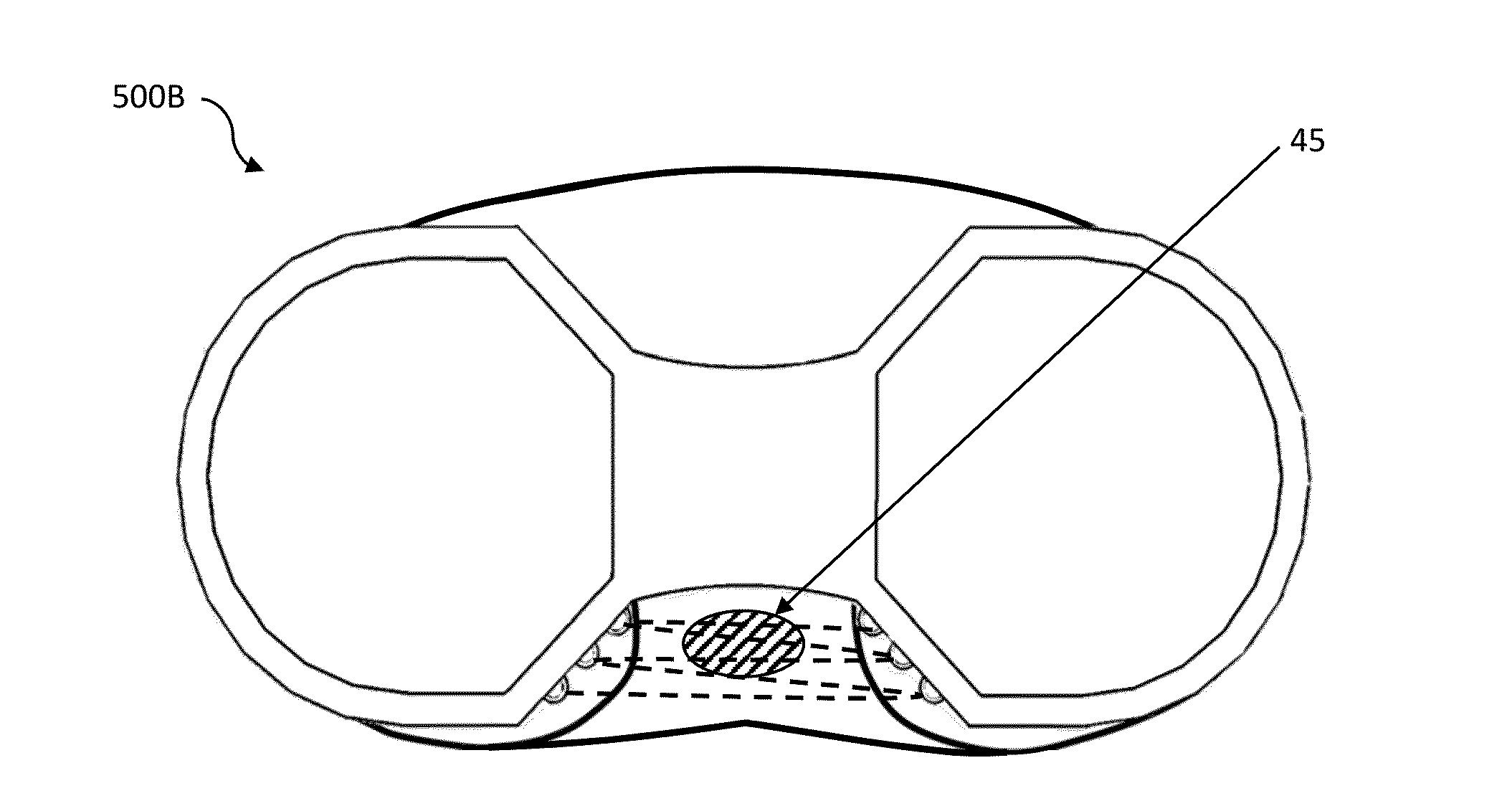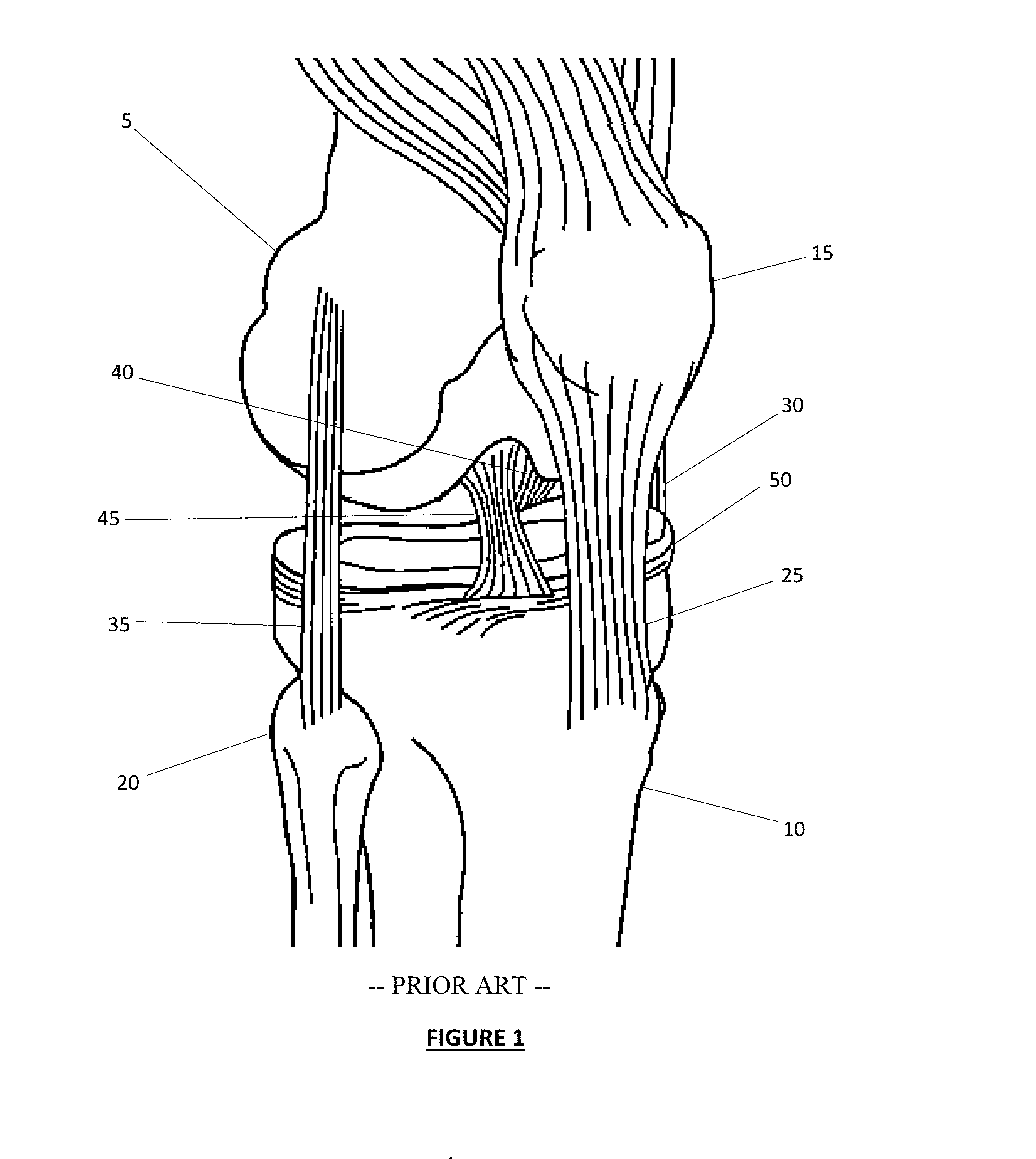Total Knee Arthroplasty System and Method
a knee joint and total technology, applied in the field of orthopedic implants, can solve the problems of inability to achieve widespread clinical acceptance of associated implant designs, severely compromised normal function of one or more ligaments, etc., and achieve the effect of improving the normal kinematics of the knee joint, improving surgical techniques and methods, and facilitating preservation and/or repair of the acl and pcl of the patien
- Summary
- Abstract
- Description
- Claims
- Application Information
AI Technical Summary
Benefits of technology
Problems solved by technology
Method used
Image
Examples
Embodiment Construction
Ligament Preservation
[0041]The various embodiments described herein may facilitate the retention of both the PCL and ACL, which can significantly impact the surgical procedure in a variety of ways. For example, where an ACL is sacrificed, damaged or is otherwise deemed unnecessary, the removal of such structure often improves the ability of the surgeon to access the tibial and / or femoral surfaces. When the ACL is severed or otherwise released, the tibia can be advanced some distance anterior relative to the femur, which allows the surgeon to dislocate the knee to some degree and gain better access to the upper surface of the tibia from a more cephalad orientation. In a similar manner, severing or release of the PCL can facilitate some degree of advancement of the femur relative to the tibia. In contrast, when the femur and tibia are retain its connection together via the flexible structures of the ACL and PCL, the healthy ACL and PCL cooperate to allow the femur to rotate relative t...
PUM
 Login to View More
Login to View More Abstract
Description
Claims
Application Information
 Login to View More
Login to View More - R&D
- Intellectual Property
- Life Sciences
- Materials
- Tech Scout
- Unparalleled Data Quality
- Higher Quality Content
- 60% Fewer Hallucinations
Browse by: Latest US Patents, China's latest patents, Technical Efficacy Thesaurus, Application Domain, Technology Topic, Popular Technical Reports.
© 2025 PatSnap. All rights reserved.Legal|Privacy policy|Modern Slavery Act Transparency Statement|Sitemap|About US| Contact US: help@patsnap.com



